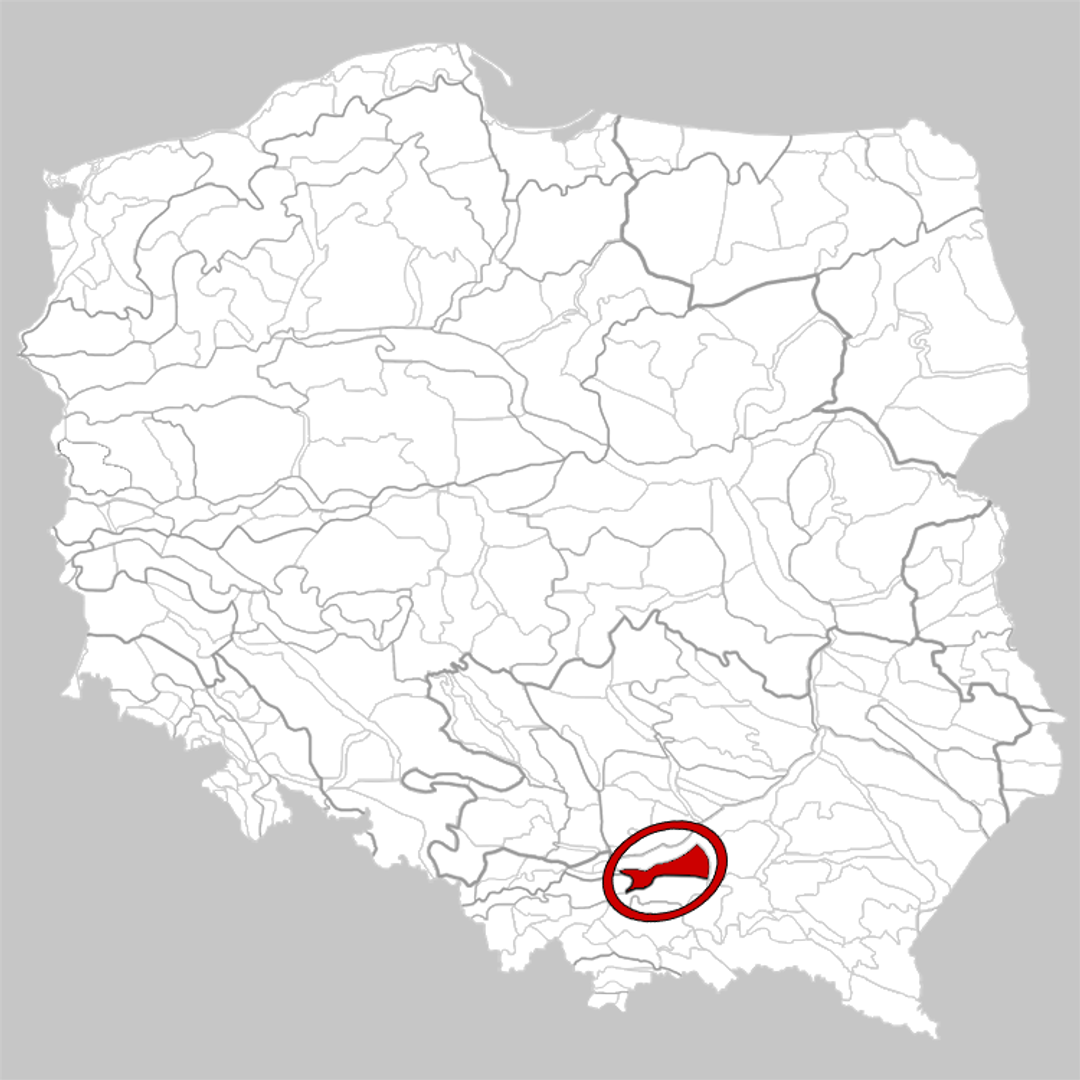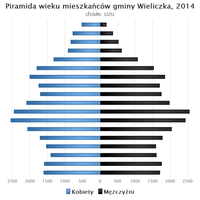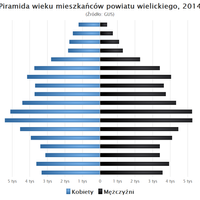Podgórze Bocheńskie
6.57

Overview
The Bocheńskie Foothills is a geographical mesoregion located in southern Poland, stretching between the Dunajec River valley and Wieliczka. The region borders the Wieliczka and Wiśnickie Foothills to the south and the Vistula Lowland to the north and east, covering an area of approximately 750 km². It is characterized by gentle hills with elevations of 260–300 meters, intersected by valleys and streams, which in the northern part transform into the valleys of the Raba and Vistula rivers. Geologically, the Bocheńskie Foothills are composed of salt-bearing Miocene sediments, and its formation was influenced by Quaternary processes, including glaciations.
The salt deposits in the region are of particular importance, having been exploited since the 13th century in cities such as Wieliczka and Bochnia, which significantly influenced the cultural and economic development of the area. Salt mining not only contributed to the growth of both cities but also led to the creation of remarkable structures, including the famous salt mines, which continue to attract tourists and are listed as UNESCO World Heritage Sites. The history of the region is rich, as in the Middle Ages, these lands were an important center of trade and mining, as well as a place for the development of crafts.
In architectural terms, the historic churches and traditional houses, reflecting the rural architecture characteristic of Lesser Poland, are noteworthy. Culturally, the Bocheńskie Foothills host numerous local events, festivals, and traditions that are cherished by the residents. An interesting fact is the town of Wieliczka itself, known not only for its salt mine but also for its series of underground chapels and sculptures made of salt, which attract tourists from all over the world.
Thus, the Bocheńskie Foothills present a multifaceted image of Polish cultural heritage, combining history, architecture, and folk traditions, making it an important regional element in both tourist and social contexts.
Location
2025 Wizytor | All Rights Reserved









